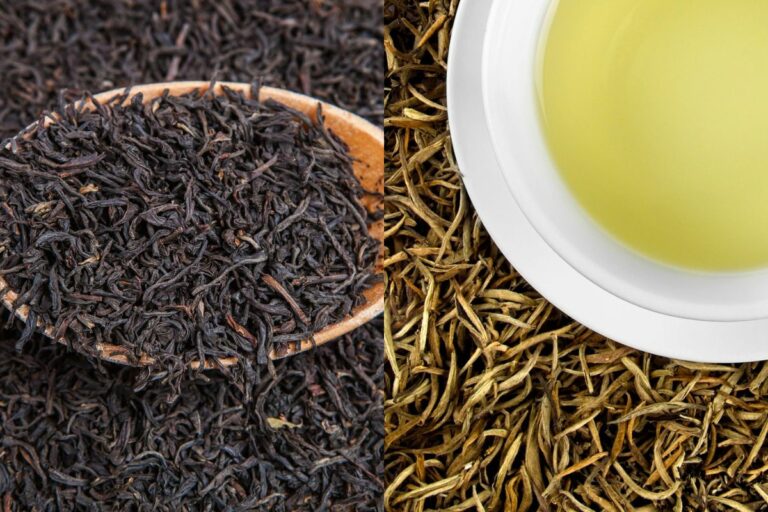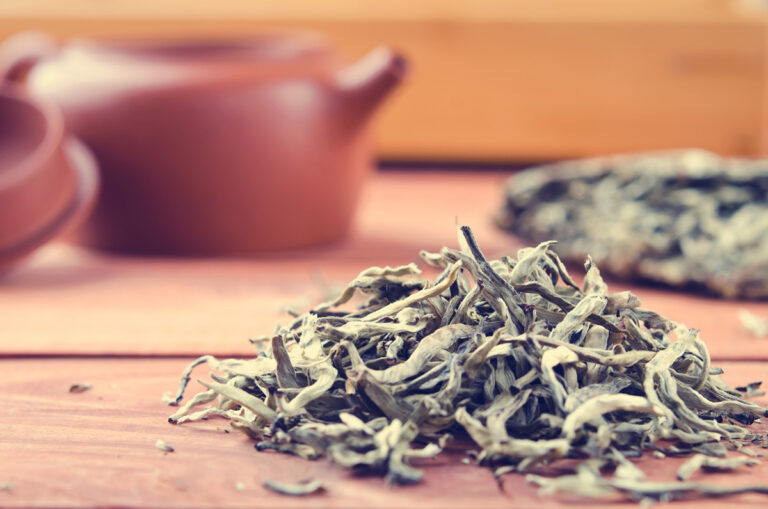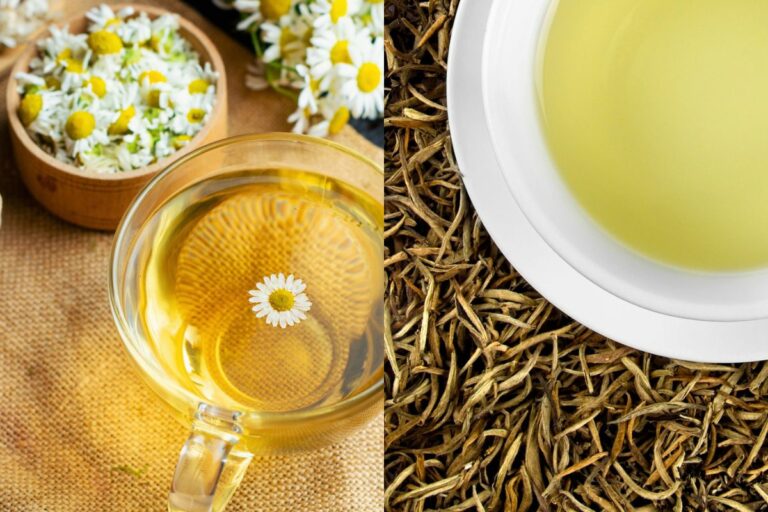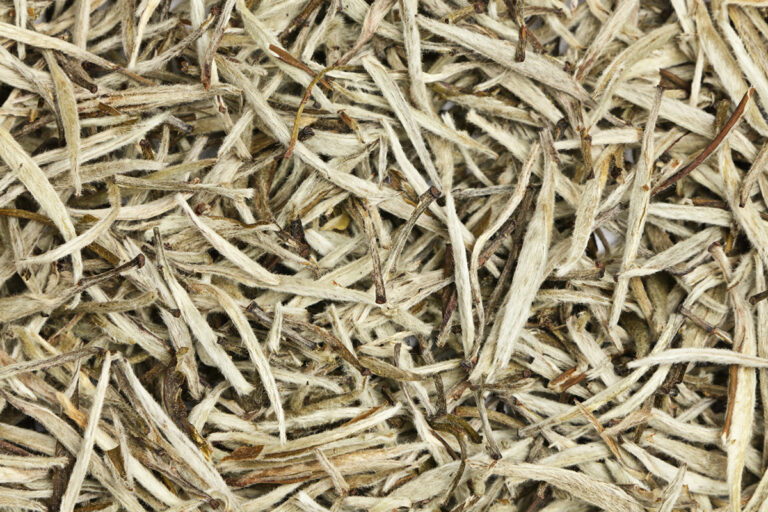How to Make White Tea
White tea is known for its delicate flavor, light aroma, and numerous health benefits. If you’re looking to experience this wonderful tea, you’ve come to the right place. In this article, we’ll explore the various types of white tea, the best water temperature, steeping times, and how to enjoy it to its fullest.

What is White Tea?
White tea is the least processed of all the tea types, made from the young leaves and buds of the Camellia sinensis plant. The name “white tea” comes from the fine white hairs on the tea buds, giving the leaves a silvery-white appearance. The minimal processing allows the tea to retain its natural antioxidants, making it a healthy choice for tea enthusiasts.
Types of White Tea
There are several types of white tea, each with its unique flavor profile and characteristics.
Silver Needle (Bai Hao Yin Zhen)
Silver Needle is the most prized white tea, consisting solely of young tea buds. This tea has a delicate, sweet flavor with a subtle hint of floral notes.
White Peony (Bai Mu Dan)
White Peony is made from a combination of young tea leaves and buds. It has a slightly stronger flavor than Silver Needle, with a fruity and floral taste.
Long Life Eyebrow (Shou Mei)
Long Life Eyebrow is made from larger, more mature leaves, resulting in a bolder flavor and darker liquor. It has a fruity, earthy taste, with notes of honey and apricot.
Preparing to Brew White Tea
Now that we understand the different types of white tea, let’s prepare to brew the perfect cup.
Choosing the Right Water
Water quality plays a significant role in the taste of your tea. Use fresh, filtered water or spring water for the best results. Avoid tap water, as it may contain chemicals and minerals that can alter the tea’s flavor.
Selecting the Right Teapot
The type of teapot you use can also impact your white tea experience. Glass or porcelain teapots are ideal for brewing white tea, as they do not retain flavors from previous brews. These materials also help maintain a consistent temperature during the brewing process.
Brewing White Tea
Now, let’s dive into the actual brewing process.
1. Measuring the Tea Leaves
For the perfect cup of white tea, you’ll need approximately 2 grams of tea leaves per 6 ounces (180 ml) of water. This is roughly one heaping teaspoon of tea leaves.
If you don’t have the tea yet, here are the best options you may want to consider.
2. Heating the Water
The ideal water temperature for brewing white tea is between 160°F (71°C) and 185°F (85°C). Boil the water and then let it cool down for a couple of minutes to reach the desired temperature.
3. Rinsing the Tea Leaves (Optional)
Rinsing the tea leaves before brewing is a step often practiced in traditional Chinese tea ceremonies. To rinse, pour a small amount of hot water over the tea leaves and immediately discard the water. This helps to remove any impurities and wakes up the tea leaves for a better infusion.
4. Steeping the Tea
Place the tea leaves in your teapot and pour the hot water over them. Steep the tea for the following times, depending on the type of white tea:
- Silver Needle: 3-5 minutes
- White Peony: 2-3 minutes
- Long Life Eyebrow: 3-4 minutes
Oversteeping white tea can result in a bitter taste, so be sure to keep an eye on the time.
5. Straining and Serving
Once the tea has finished steeping, pour it through a fine mesh strainer into your teacup to separate the leaves from the liquid. If you’re using a teapot with a built-in strainer, you can simply pour the tea directly into your cup.
It’s best to enjoy white tea without any added sweeteners or milk, as these can mask its delicate flavor profile. Savor the tea’s natural taste and allow the subtle flavors to unfold on your palate.
Tips for Enhancing Your White Tea Experience
To get the most out of your white tea, consider these additional tips:
Pre-warming the Teapot and Teacup
Before brewing, pre-warm your teapot and teacup by rinsing them with hot water. This helps maintain a consistent temperature throughout the brewing process and ensures that your tea stays warm longer.
Experimenting with Multiple Infusions
White tea leaves can often be infused multiple times, with each infusion revealing new flavors and nuances. After the first steep, add another 30 seconds to each subsequent infusion, up to three or four infusions in total. Note that some white teas may have a stronger flavor in the second or third infusion.
Pairing White Tea with Food
White tea pairs well with a variety of foods, particularly lighter fare such as fruit, salads, and mild cheeses. The delicate taste of the tea complements these dishes without overpowering them.
Health Benefits of White Tea
White tea offers a range of health benefits due to its high antioxidant content. Some potential benefits include:
- Boosting the immune system
- Lowering blood pressure and cholesterol levels
- Reducing inflammation
- Improving skin health
- Supporting weight loss efforts
Keep in mind that while white tea has many potential health benefits, it’s essential to enjoy it in moderation as part of a balanced diet and healthy lifestyle.
Conclusion
White tea is a delightful and delicate beverage that deserves a place in any tea lover’s collection. By following this guide on how to make white tea, you’ll be well-equipped to brew and savor the perfect cup. Experiment with different types of white tea and brewing techniques to discover your personal favorite, and don’t forget to take a moment to appreciate the subtle flavors and aromas that make this tea so special.





